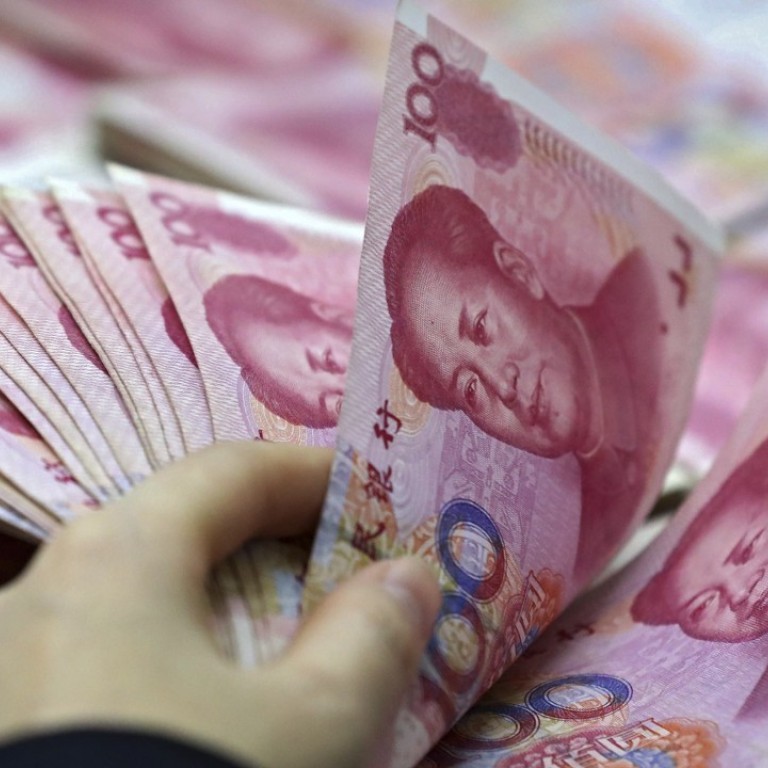
How low can the yuan go? Signs from the Fed and China’s economy point to further declines against the US dollar
- Neal Kimberley says the Federal Reserve’s determination to raise rates and roll back quantitative easing means the dollar is unlikely to weaken
- When combined with weak Chinese economic data, especially concerning autos and homes, there is reason to anticipate further declines in the yuan
In truth, although the Democrats gaining control of the House of Representatives might well spell legislative gridlock in Washington, markets could conclude that such a scenario might support US asset prices, and by extension lend the US dollar some support. With US economic data broadly robust, markets could yet decide that the probable political gridlock bodes well for US equities.

It should also be noted that, following indications from the China Banking and Insurance Regulatory Commission that it might set a target for banks to allocate at least 50 per cent of new corporate loans to private firms in three years, Chinese banking stock prices dropped, hardly suggestive of investor enthusiasm.

US bank Morgan Stanley argued on Friday that “generally, placing funds into private entities is a positive factor, but with Chinese banks' large balance sheets, investors fear the credit risk linked to this directive policy step”.
As the US bank feels that “within a leveraged environment, it is more difficult to stimulate the economy”, particularly when, as in China, that economy operates in a closed capital environment, “it is the banking sector’s balance sheet quality that matters for the effectiveness of monetary policy”. Consequently, “the higher the accumulated credit risk within bank balance sheets, the less likely it is that banks will transform rising base money into long-term assets”, Morgan Stanley argued.
Optics play a very real role in markets. The combination of a narrative that regards the US economy as a glass half full but China’s as half empty may prove persuasive to market participants. Another material move higher in the value of the US dollar versus the yuan could well be in the offing.
Neal Kimberley is a commentator on macroeconomics and financial markets

